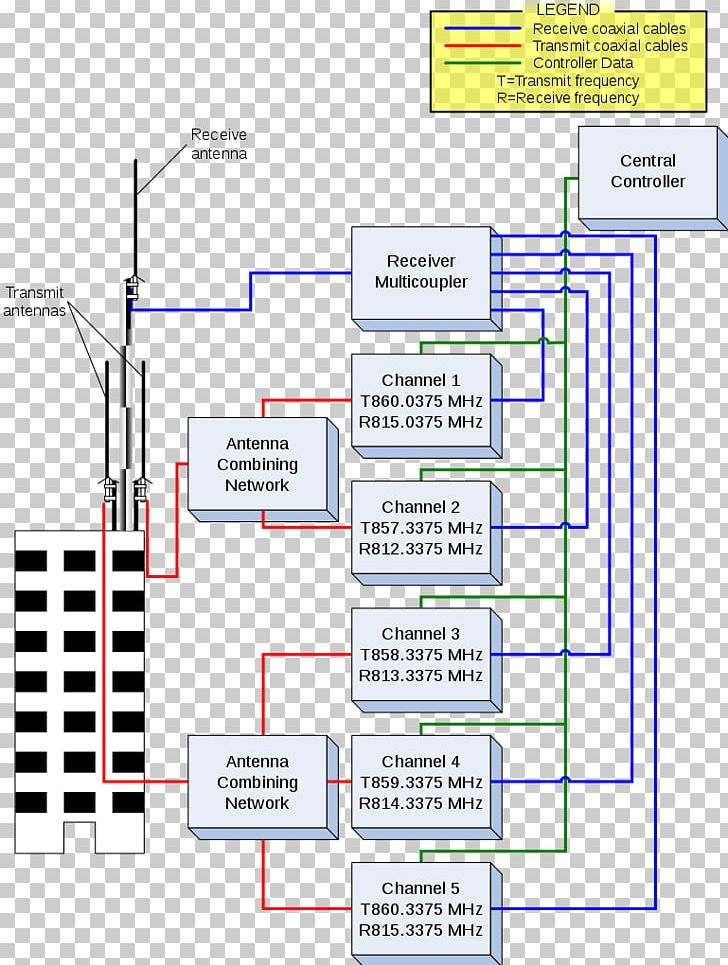There are many different implementations of trunked business and public safety radio using different trunking.
Trunked radio system defined.
Formerly known as trans european trunked radio a european standard for a trunked radio system is a professional mobile radio and two way transceiver specification.
In trunked radio systems in addition to the cai there are standards that define how the trunked radio frequency subsystem or rfss should operate.
When a user say an officer or sergeant in the field wants to send a message the system assigns them to an available channel decreasing the likelihood that they ll have to wait for a free channel to.
This results in minimum waiting to make a call and the most efficient use of the available channels.
Terrestrial trunked radio tetra.
A trunked radio system is a specialized repeater system with one or more towers and multiple frequencies which allows channelized semi private conversations between many more groups of users than it actually has allocated rf channels.
Logic trunked radio ltr systems utilize a concept called trunking.
A trunked radio system is a digital two way radio system that uses a digital control channel to automatically assign frequency channels to groups of users.
A trunked radio system is a computer controlled network that automatically connects users to available radio channels when they need them.
One for decoding the trunking control channel and another for listening to the audio channel.
Trunking is controlled by logic circuitry in the mobile transceivers and the repeaters.
However if the audio channels are within the same chunk of received bandwidth as the control channel it is possible to use just one dongle to follow trunked conservations.
A trunked radio system does this by taking advantage of the fact that not every user will want to transmit at any given time.
Usually to listen to trunked radio systems two rtl sdr dongles are required.
Trunked radio systems are one of the most complex types of radio systems in use today.
Trunked radios use several channels or frequencies and allows those channels to be shared by a large number of users in multiple talkgroups without their conversations interfering with each other.
These systems typically have access to.
The cai is used on both conventional and on trunked radio systems.
In a traditional half duplex land mobile radio system a group of users a talkgroup with portable two way radios communicate over a single shared radio channel with one user at a time talking.
This is an example of statistical multiplexing.
In fact very few 2 way radio users transmit continuously.
This method of channel management gives all users of the system automatic access to all channels.
Talkgroups are defined groups of users.

